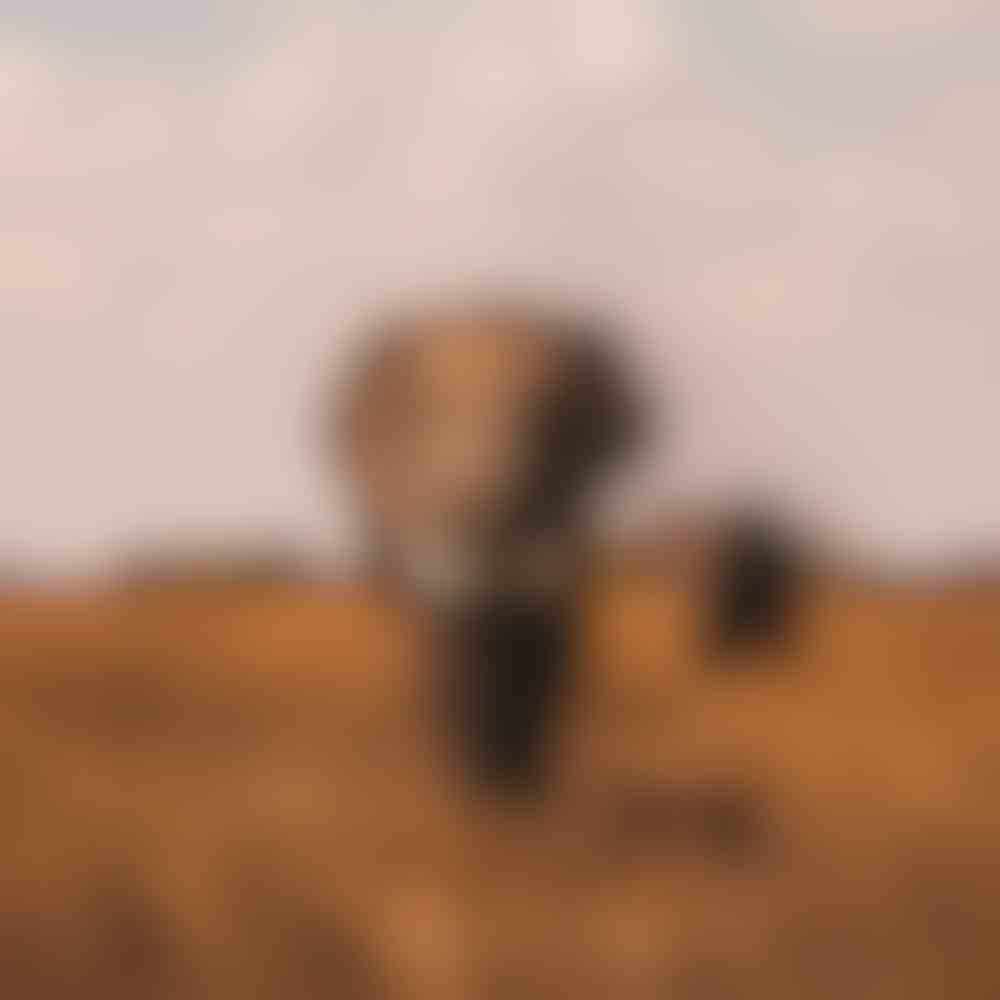Rhino Expansion
Ol Jogi’s wildlife conservation manager, Jamie Gaymer, recently attended the IUCN SSC African Rhino Specialist Group (AfRSG) meeting in Namibia. The status of African rhino conservation was discussed. The most tangible output perhaps was the development of new immobilization and translocation protocols for Kenya. These have now been adopted and implemented at a national level in the hope to improve the standards.
Together with the Smithsonian Institute, Mpala Ranch, and the Kenya Wildlife Service, we facilitated a Rhino Veterinary Medicine Workshop at Mpala and Ol Jogi. Professionals were invited from all over the world to lecture, share ideas and practically demonstrate best practices in modern rhino medicine. The workshop was a tremendous success and added to a layer of veterinary capacity building.
More recently, our conservation manager in his capacity as Chair of the Association of Private and Community Land Rhino Sanctuaries (APLRS), organized a Laikipia Rhino Range Expansion Theory of Change Workshop with the help of Save the Rhino International and facilitated by the Bently Foundation. The workshop was endorsed by the RSC and was attended by the Kenya Wildlife Service. After more than a decade of rhino poaching oppression throughout Africa, Kenya’s small victories have amounted to the need to secure more space for rhinos with the capacity to protect them. Many rhino conservancies in Kenya have reached or exceeded ecological or social carrying capacity and it is our collective responsibility to secure more space to ensure that they are breeding optimally. The workshop was attended by experts with considerable rhino range expansion experience together with local stakeholders. Several tangible outputs were commissioned from the workshop and we trust that they will make a positive impact on Kenya’s rhino conservation.
Moreover, 2019 and 2020 have been tremendous years in terms of our rhino population. We succeeded in passing the 100 number milestones and currently stand at 110 rhinos. 74 are Black rhinos and 36 are White Rhinos. In 2020 alone, we had 13 births (12 Black and 1 White) and 2 natural deaths (1 Black and 1 White).
With these encouraging successes, we are more determined than ever to persevere and continue to strategically conserve the remaining populations of rhinos on Ol Jogi and more importantly continue to grow them. Whilst Kenya has been quite successful at slowing the threat from poachers through actionable intelligence, the threat remains. As we crossed the 100 rhino threshold in 2020, we endeavor to continue our efforts in ensuring the future sustainability of this species.


